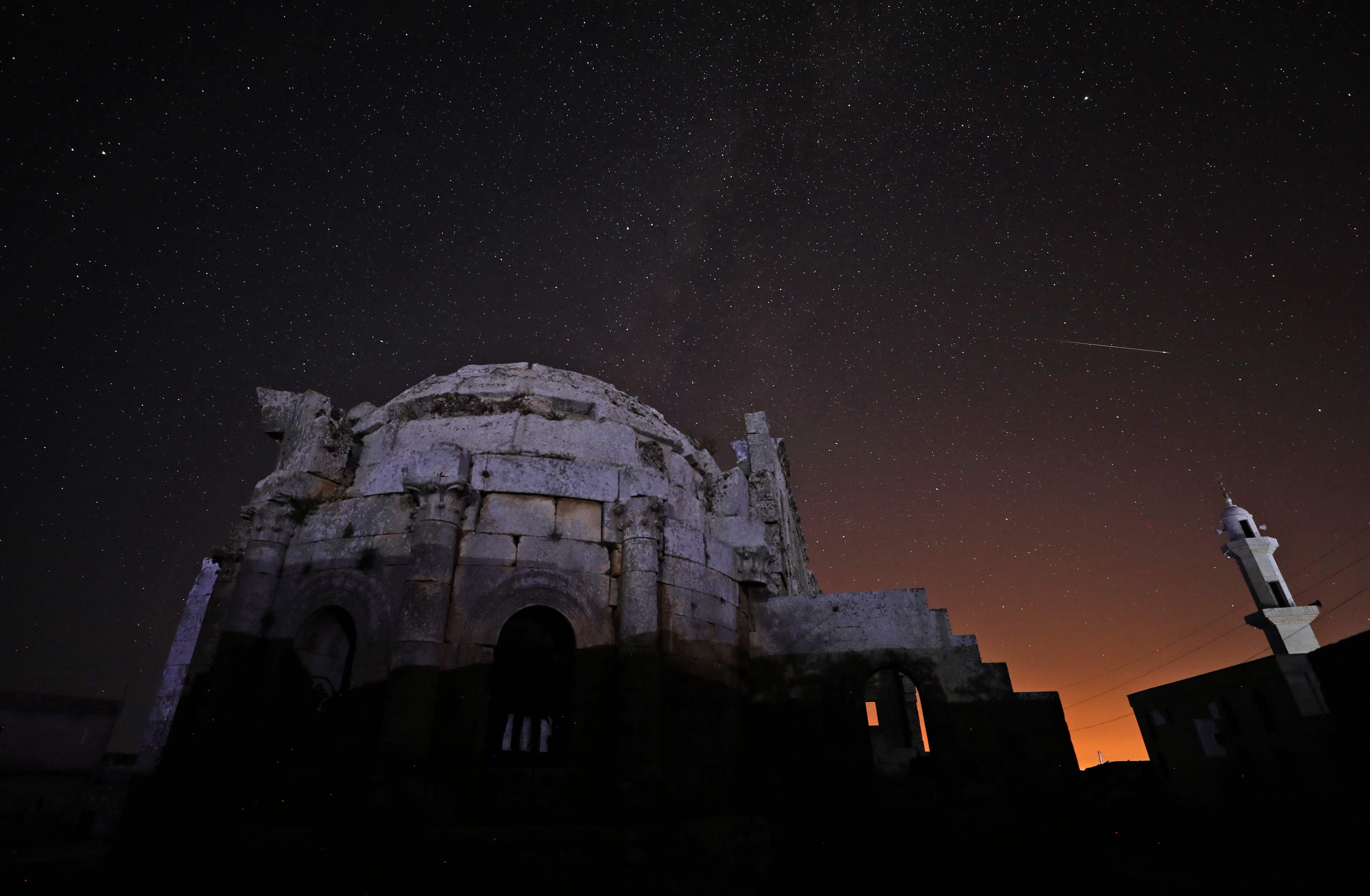Intense blast of energy that hit Earth appears to have come from colliding and collapsing stars, scientists say

An intense blast of energy that was detected on Earth appears to have come from two colliding and collapsing stars, according to scientists.
Researchers looking through archival observations of gamma rays say they have found “oscillating” signals in two bursts of energy.
They were found in old data taken from an out-of-use experiment in orbit around Earth.
Scientists say the bursts have the kind of characteristics they would expect from two merging neutron stars, as they come together to form one massive neutron star.
Neutron stars are the dense cores that are left behind when massive stars come to the end of their life. When they collide together, they can sometimes make massive neutron stars – that will usually then go on to collapse into a black hole.
Scientists believe from simulations that those hypermassive would be visible from the specific kinds of gamma-ray bursts that come out of their collisions. And so researchers led by University of Maryland scientist Cecilia Chirenti looked through 700 gamma ray observations for those specific fingerprints.
They have successfully found two such candidates. Named GRB 910711 and GRB 931101B, they have the kind of frequencies that scientists have predicted would be seen in the merging of neutron stars.
Both of the examples were found using BATSE, or the Burst and Transient Source Experiment. That was launched to study gamma-ray bursts – though captured much else besides – from orbit around Earth.
It did so until 2000, when Nasa brought it down to Earth and destroyed it, ending its nine-year search. But scientists are still able to pick through its data in the hope of finding new data.
While scientists looked through data from other gamma-ray detecting equipment, they were unsurprised that it was BATSE that was responsible for the successful detections, because of its design.
Scientists hope that this is the beginning of a new way of studying merging neutron stars. What’s more, they could provide a fruitful way of doing so without requiring a gravitational wave detection, which is rare and can limit the amount that can be found about such collisions.
The findings are reported in a new paper, ‘Kilohertz quasiperiodic oscillations in short gamma-ray bursts’, published in Nature.


Join our commenting forum
Join thought-provoking conversations, follow other Independent readers and see their replies
Comments